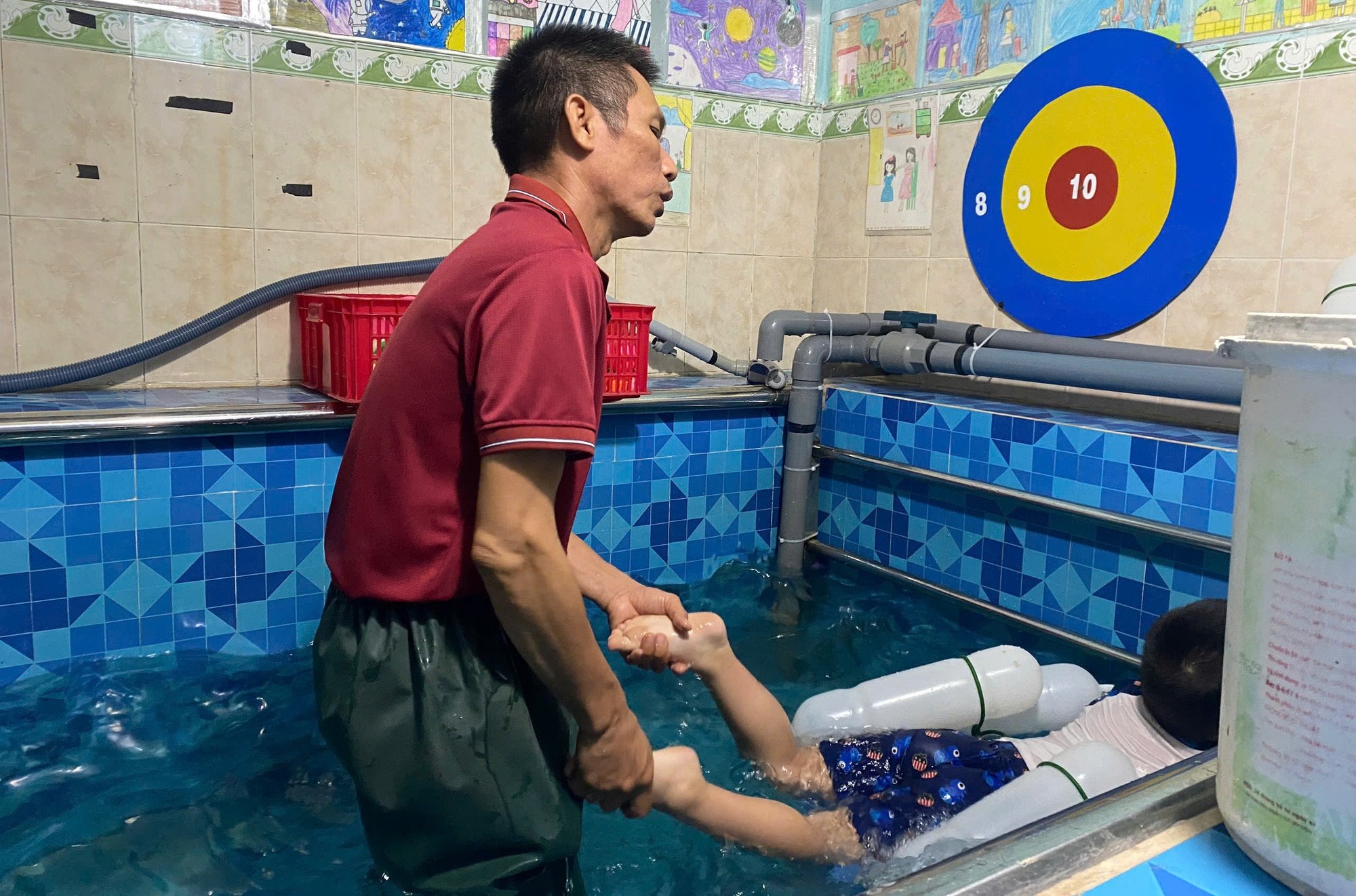
Teacher Dung is teaching a child to swim to… cure autism – Photo: DOAN NHAN
However, the search became increasingly futile, to the point that many reporters had to exclaim that they themselves were "autistic" with schools that were said to be for autistic children.
The so-called schools for special children in many places are very… special, sometimes just small rooms of only a few square meters close to the street, teachers are “anyone can teach”, and most of them operate without permission.
People who claim to be teachers of autistic children, famous for curing autism and reducing hyperactivity after just a few sessions, have successfully extorted money and stolen the trust of many miserable parents.
Must exercise continuously, not sit in one place, to consume energy, reduce hyperactivity. It's easy to find those other centers, but they all sit in one place.
Ms. Minh Hong (owner of a facility teaching autistic children in Da Nang)
Gym teacher…”cured autism”
Mr. Tran Doan Dung is an elementary school physical education teacher in Da Nang City, always showing off his achievements as an "autism treatment master" in all groups of parents with autistic and hyperactive children.
We went to Mr. Dung's medical facility. It was a room of about 10 square meters behind his private house on Binh Ky Street, Ngu Hanh Son District, Da Nang City. At around 6 p.m., two 5-year-old children were brought here for treatment.
Inside the room, Mr. Dung made a homemade iron frame about 3 meters high and attached it to the wall. Below, there are two iron bars forming a clamp to fix the child's legs and some rubber bands with handles for the child to pull. Parents are not allowed in the room.
Despite one of the two children crying inside the closed room, Mr. Dung used both hands to hold the two children's shoulders in a sitting position, forcing the children to bend up and down. The children's legs were still clamped in the iron frame, his hand holding the rubber band.
After doing this continuously for about 15 minutes, Mr. Dung turned around and placed each child on his back on the floor, his legs still clamped in the iron frame. Mr. Dung used his thumb to press and rotate the foreheads of the two children in turn. One child kept crying and screaming, using both hands to cling to Mr. Dung's hand, but he still calmly performed the action that was said to be acupressure to treat autism.
After a few dozen minutes of "treatment" in a closed room using the above method, Mr. Dung took the children to the back of the house, where there was a swimming pool built about 2.5m2 to teach swimming with movements no different from teaching swimming to normal children.
Mr. Dung recounted that he was once autistic and found a treatment method for himself, then applied it to teaching children for many years.
We contacted nearly a dozen parents who had brought their children to Mr. Dung's home for autism and hyperactivity treatment, and all of them confirmed that it was a waste of money and there was no improvement.
Mr. V. (Da Nang) said that his 6-year-old child studied with Mr. Dung for more than 2 months but did not progress as advertised. “The teacher promised that after 1 month of studying, he would be able to swim. Swimming improves the nervous system, reduces stress and helps with autism. Studying for 45 minutes in one session for more than 2 months did not see any results, it was just a waste of money, so I let my child stop” – Mr. V. said.
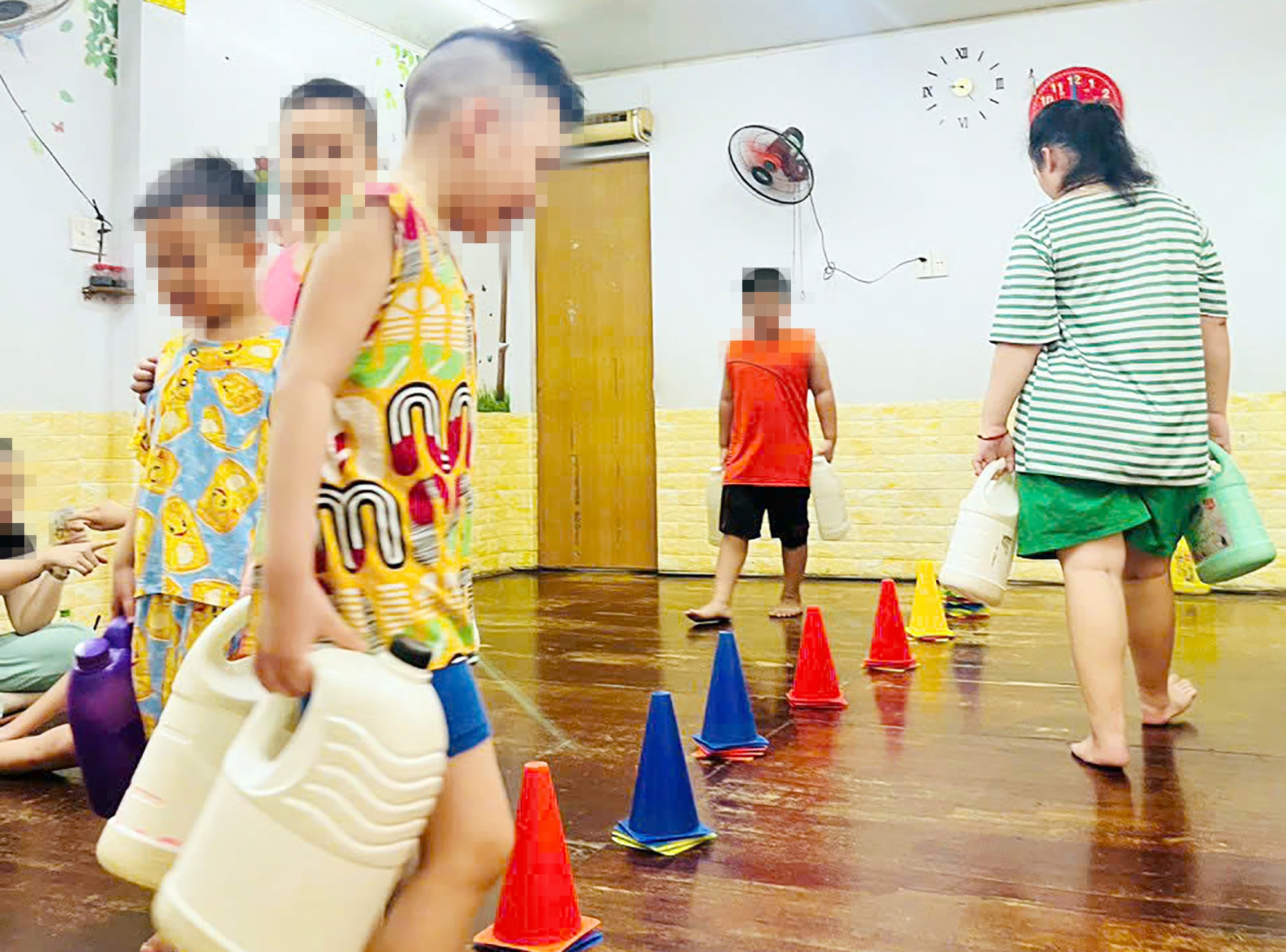
In Ms. Hong's autism class, children are given continuous movement methods to reduce hyperactivity - Photo: DOAN NHAN
Treating autism with…continuous movement
We went to a house in an alley on Tran Cao Van Street (Thanh Khe District, Da Nang) – a place that is said to be an “autism training center” that has been operating for more than 16 years. There are no signs on the outside indicating that this is a classroom, but at the time Ms. Minh Hong (the owner of this facility) met us, there were about 17 autistic and hyperactive children studying here.
Ms. Hong is the main teacher, with three other people assisting. The house has a mezzanine floor added above to serve as a classroom for autistic children. At noon, this 20m2 floor is also the place for both teacher and students to eat and sleep.
This classroom is always closed, even parents are not allowed to see their children's actual classroom.
Children are allowed to exercise continuously, play vigorous games, carry cans of water, carry baskets with sandbags around the room… All of these, according to Ms. Hong, are methods to reduce hyperactivity in children. Ms. Hong affirms that her method is different from any other center.
According to research, Ms. Hong has a child with intellectual disabilities since childhood. She took a short course to improve her child and then opened a class to teach autistic children.
With no curriculum, no qualifications, no operating license and inadequate facilities, this class has been operating from morning to night for more than ten years, maintaining a stable attendance of more than 15 children per hour. According to Ms. Hong, many of the children are sent here by their parents to stay for a day.
Tuition fee for each child is 120,000 VND/hour, if sent all day, then multiply that, plus 50,000 VND per day if sent to boarding school.
5m2 classroom, anyone can teach!
Visiting some intervention classes for autistic children or children with developmental delays in Ho Chi Minh City, we can see the big difference in scale and facilities between the facilities. There are very small intervention classes, many intervention classes are private homes of teachers, or even rented houses of intervention teachers.
For example, in a child intervention class located in an alley on Le Hong Phong Street (District 10, Ho Chi Minh City), the learning space is less than 5 square meters and is on the ground floor of a townhouse. The learning space is shared with a kitchen corner and a sink. In the middle are two small tables and four chairs for students. Outside, vehicles often pass by with quite a lot of noise.
Students come to study in shifts, each shift is about 1 hour to 1.5 hours. Depending on the case, the child can be divided into 1-on-1 classes or groups of 2-3 students. She does not prioritize large groups because the space is small and interaction is limited.
However, according to her, for some children who need intervention, the learning space is not the most important thing. For example, language intervention, pronunciation correction, etc., the teacher only needs to interact with the child more than needing a large enough space.
According to records, intervention centers and classes in Ho Chi Minh City are recruiting teachers from a variety of backgrounds. Some centers require teachers to teach intervention classes to graduate from special education, psychology, social work, etc., but some teachers only need to graduate from preschool courses.
V. – a student of the Faculty of Social Work at the University of Social Sciences and Humanities (Ho Chi Minh City National University) – said that he used to work as an intervention teacher at a center in Binh Thanh District. Applicants can be students or graduates, regardless of their major, as long as they pass the assessment and about 10 intervention lessons required by the center. There are students majoring in literature, history pedagogy, etc. who also participate in the lessons to teach intervention.
“The course can last about 2 to 3 months. We will have to pay for the course and the center will deduct the money from our salary when we start teaching. The lessons are also diverse in content such as early intervention for children with special needs, assessment, intervention for children with language disorders…” – V. said and said that after being hired for about 1 year, he decided to quit because he felt that his teaching was not effective.
I don't know how my child studies.
Since mid-March 2024, Ms. NTHT (living in Can Giuoc, Long An) has sent her child to preschool combined with "1-on-1" intervention classes at a teacher's house in Binh Chanh District (HCMC). Every week, she sends her child to intervention classes two times on weekends. Each class lasts 1 hour, from 9am to 10am. The tuition fee for each class is 250,000 VND, and for day-boarding classes, it is 9 million VND/month.
In the summer, because she wanted her child to have more time to learn intervention with the teacher, she started sending her child to a boarding school at the teacher's house. The boarding class had a total of 6 students. By chance, during a pick-up time, Ms. T. heard from one of the teacher's maids that the teacher taught very little. There were days when she taught intervention for only 40 minutes, and the rest of the day she let the children play with each other.
“She said it was important for parents to trust her throughout her journey from six months to a year. We asked her if she could install additional cameras, but she said that would affect the children’s privacy. Instead, she would record videos of each child’s lessons,” said Ms. T.
Ms. T. confided that after that suspicion, nearly 2 months have passed and she still lets her child continue studying at the school, but she is quite confused and doesn't know what to do: "She advised us to go all the way to see changes, otherwise stopping halfway will not bring results.
But I think if you don't give it your all in each lesson, then by the end of the lesson, it's uncertain whether your child will make any progress. At this point, the one who suffers is your child. And if you transfer to another school, we don't know if that school is better than the current one or not."
Don't dare let children go to school
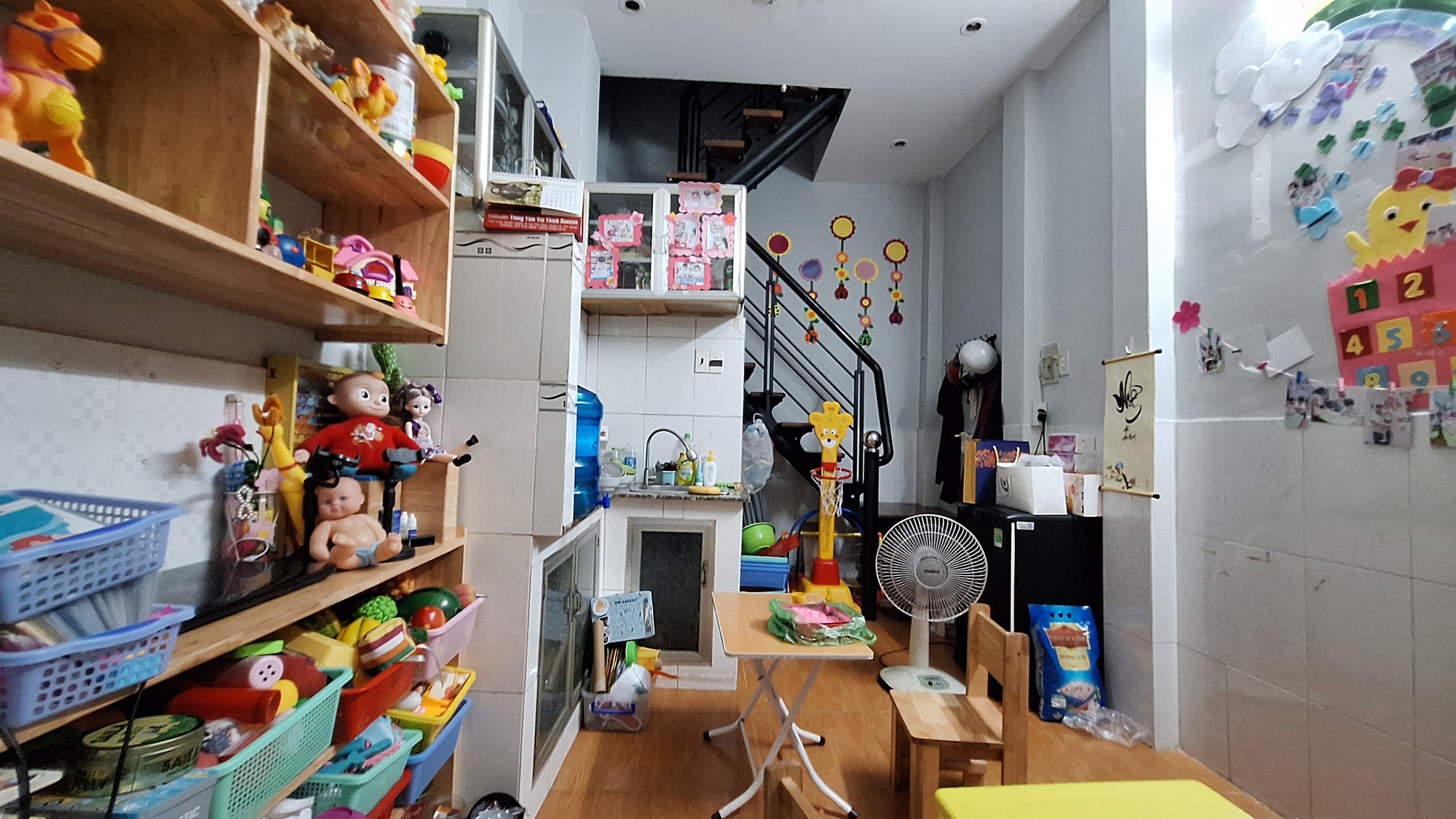
The space is quite narrow in an early intervention class in District 10 (HCMC) – Photo: HOANG THI
The incident of an 8-year-old autistic child in Da Nang being pulled by the hair, beaten, and having a blanket stuffed in his mouth by a nanny at the Cau Vong facility (Son Tra district) once shocked public opinion.
One day in early March 2024, discovering fingerprints on her child's cheek, Ms. Tran Ngoc Gia Hi (29 years old) took her child to Cau Vong Center - where her child studied - to ask the center's owner to explain and extract the camera.
The handprint on her cheek was just the last straw, because in the previous days, Ms. Hi had noticed strange changes in her child, such as using her hand to strangle her mother, grab and pull her brother's hair... A mother's intuition gave Ms. Hi the feeling that someone had done the same thing to her child, because N. - her daughter - often repeated the same actions that others had done to her.
Under pressure from Ms. Hi, the facility owner admitted to slapping N. on the cheek. Not stopping there, the camera footage recorded N. being dragged by her hair by an intern at the center. When N. cried out, the nanny covered her face with a blanket and threatened her to stop crying. It is worth mentioning that when N. was slapped in the face by a classmate, a nanny standing next to her clapped her hands, patted her head and encouraged the student: "That's right, hit her, you're so good."
Ms. Hi filed a complaint with the authorities, and the Son Tra District Police and Da Nang City Police took over the investigation. In September 2024, the Son Tra District Police concluded that the intern named Nga had committed an act that constituted the crime of torturing others.
The actions of Ms. Hau, the owner of this facility, as shown through camera footage, such as using both hands to hold N.'s legs upside down and using her hands to squeeze N.'s mouth, are considered "banana tree therapy" and therefore cannot be convicted.
After that, Ms. Hi found another center with a tuition fee of 8 million VND/month, 2 million VND higher than the old center's tuition fee, to send N., hoping that her child would study in a good environment.
But not long after, many parents, including Ms. Hi, discovered that this center borrowed money from many gullible parents, cheated on their money, and did not ensure food... and when the authorities got involved, they found out that this center, like the previous Rainbow Center, did not have an operating license.
She silently took her child back to the messy rented room of more than ten square meters. Every day, Ms. Hi stayed home with her child, and in the evening, when she and her husband went to a snack shop, they left N. with her brother, who was only 2 years older than her, to look after.
In the rented room cluttered with clothes and belongings, with dim lights, every night there was only N. and her brother to keep her company with the two phones their parents gave them...
**************
Part 2: Dizzying looking for a school for my child
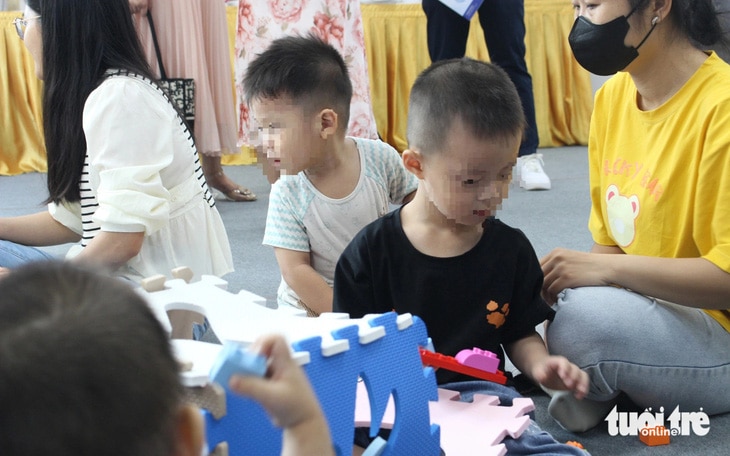 Stem cells: a new approach to intervention for autistic children
Stem cells: a new approach to intervention for autistic children


![[Photo] Third meeting of the Organizing Subcommittee serving the 14th National Party Congress](https://vstatic.vietnam.vn/vietnam/resource/IMAGE/2025/4/2/3f342a185e714df58aad8c0fc08e4af2)
![[Photo] Relatives of victims of the earthquake in Myanmar were moved and grateful to the rescue team of the Vietnamese Ministry of National Defense.](https://vstatic.vietnam.vn/vietnam/resource/IMAGE/2025/4/2/aa6a37e9b59543dfb0ddc7f44162a7a7)


![[Photo] Close-up of Vietnam's sniffer dog team searching for earthquake victims in Myanmar](https://vstatic.vietnam.vn/vietnam/resource/IMAGE/2025/4/1/d4949a0510ba40af93a15359b5450df2)
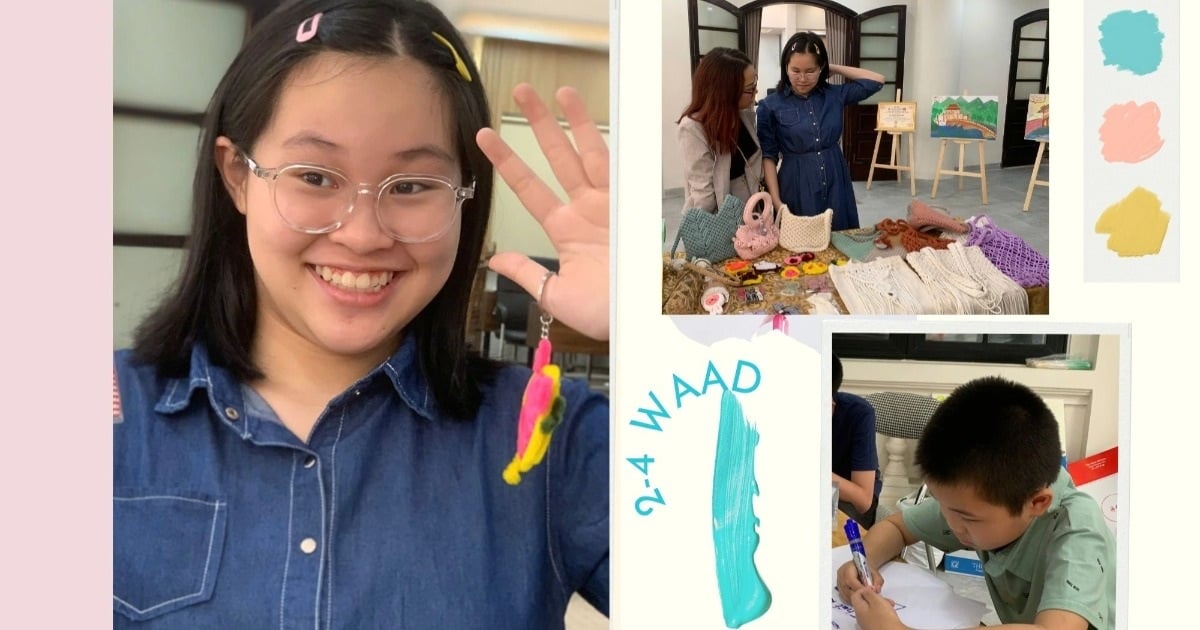

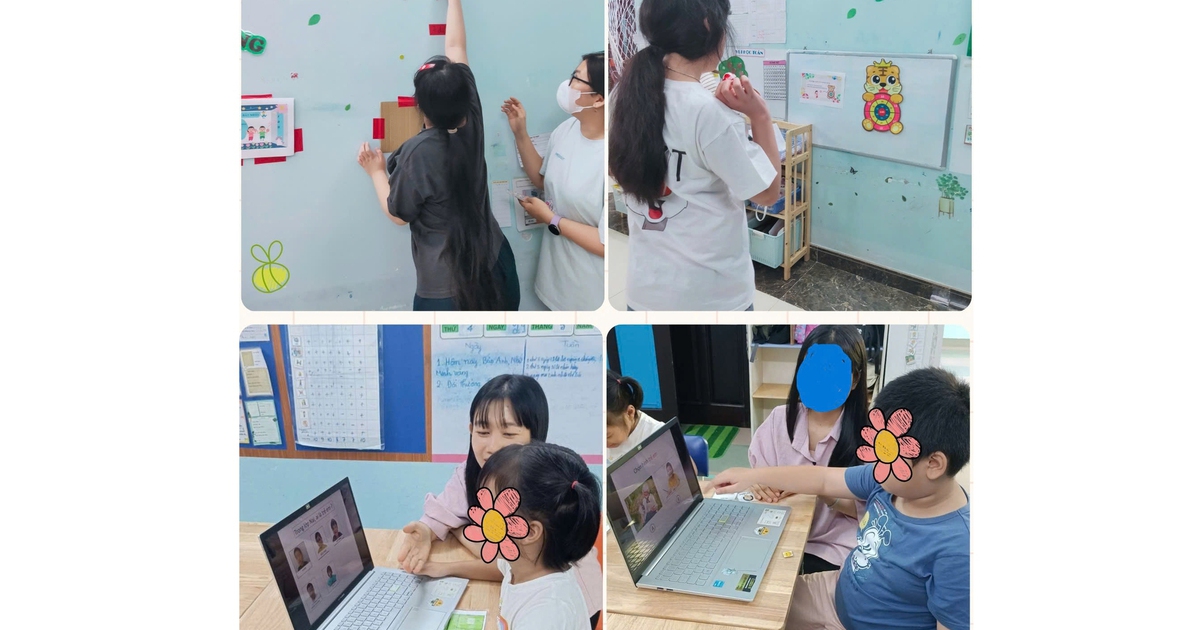

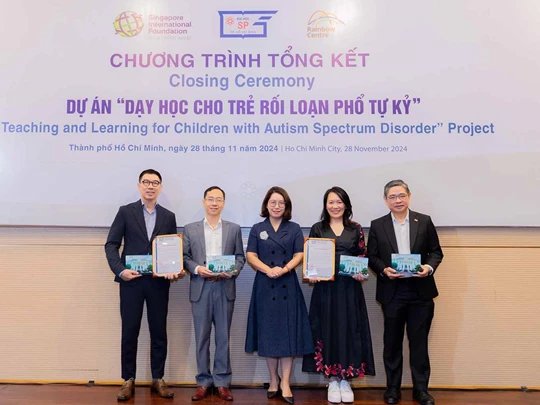

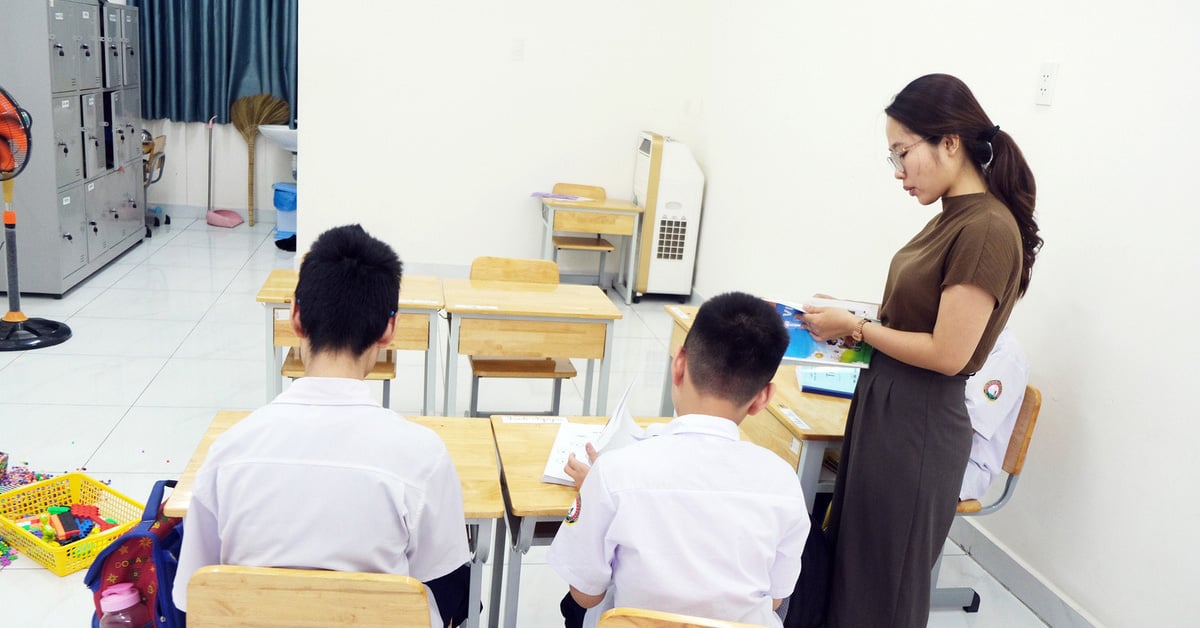

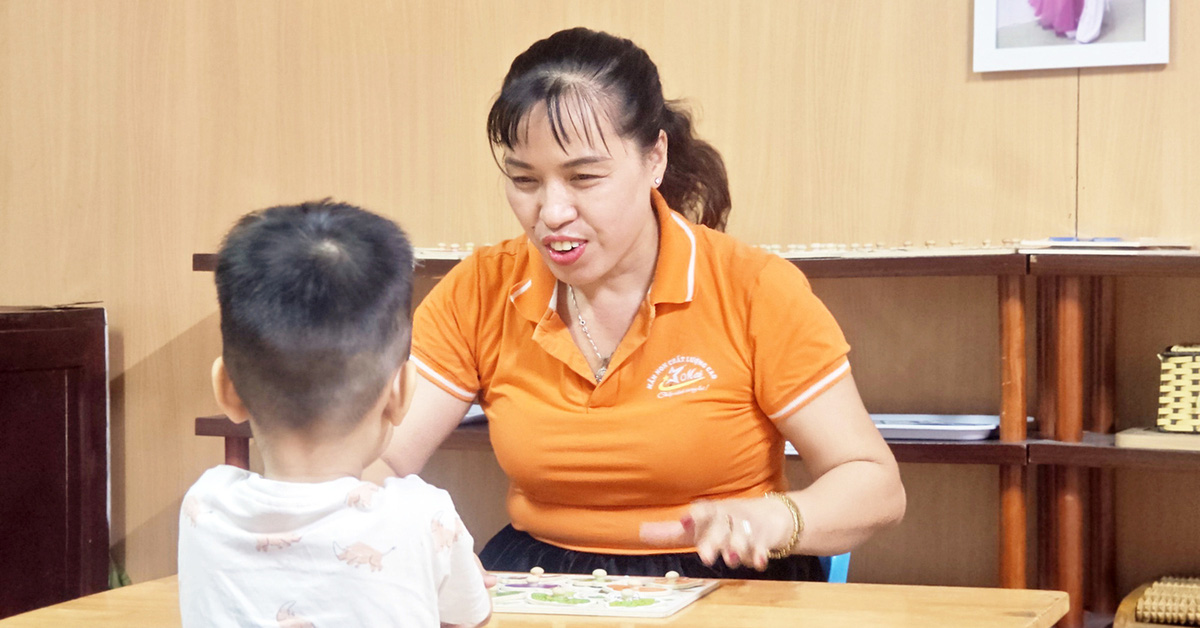
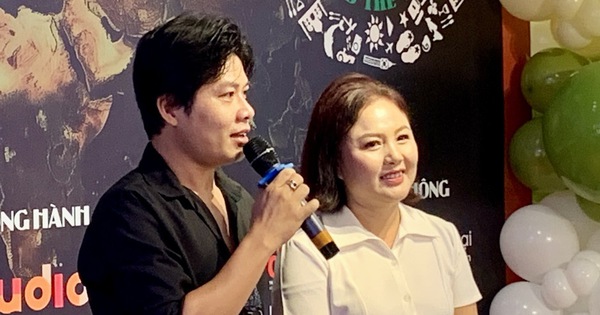

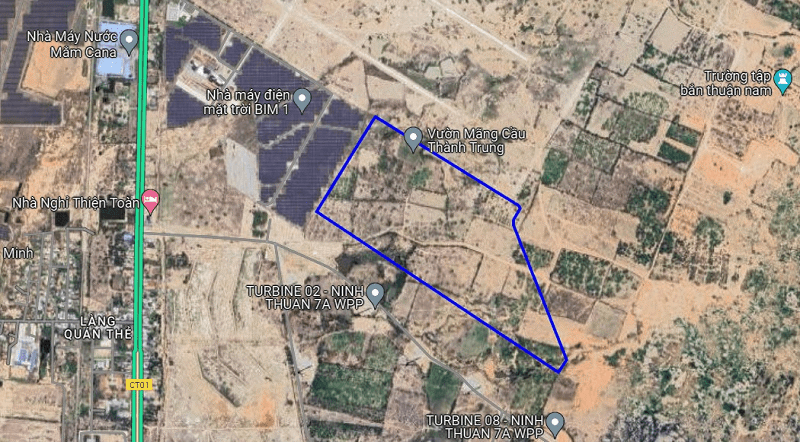

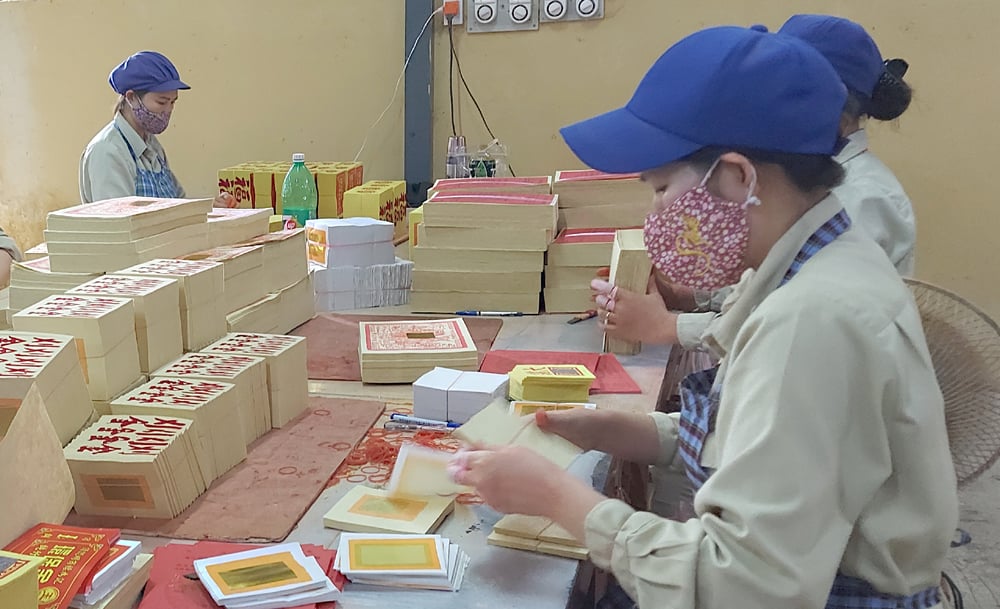













































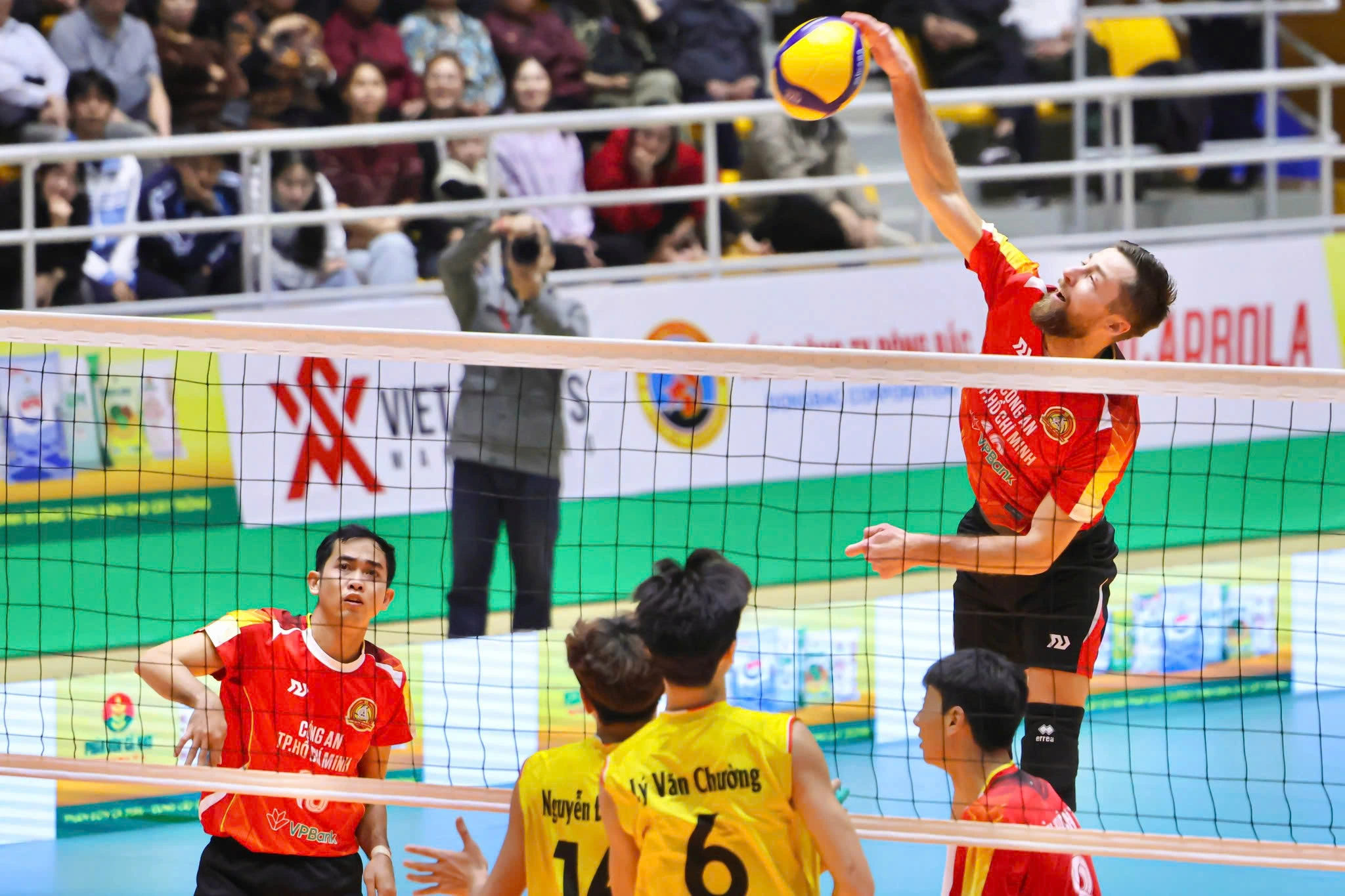

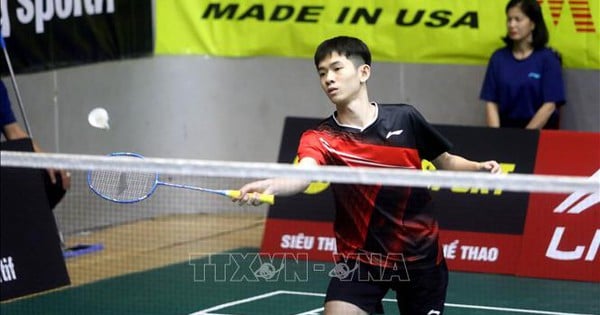






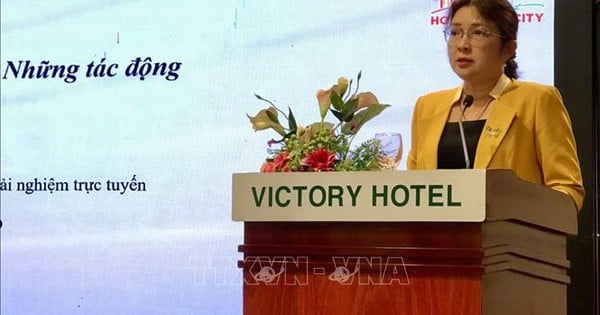














Comment (0)